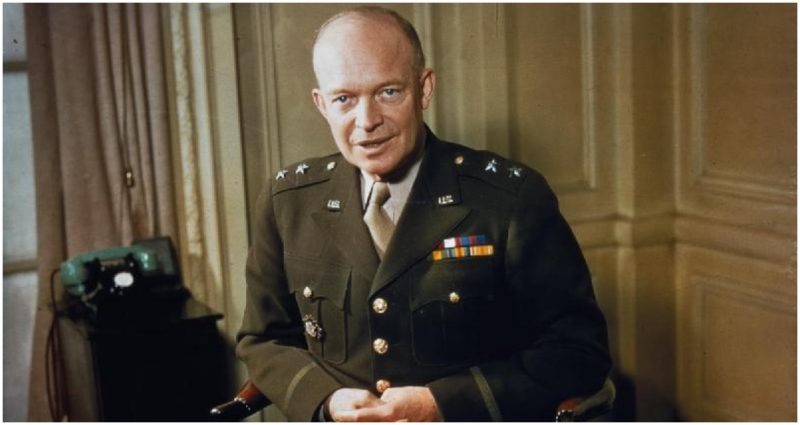During the attack on Chichijima, Bush’s torpedo bomber was downed by anti-aircraft fire.
As stipulated in Clause 1, Section 2, Article II of the United States Constitution, the United States president, upon assumption of office, shall become the commander-in-chief of the United States armed forces.
While this stipulates that the U.S. President is the head of the U.S. military, it does not make military service a prerequisite for the position.
With this established, it is fascinating that out of 45 men who have led the United States, 29 have served in the military in different capacities, from the American Revolution to the Vietnam War. That is a whopping 65 percent. Of them, President Theodore Roosevelt is the only one to have been distinguished with the Medal of Honor, the United States’ most prestigious military honor.
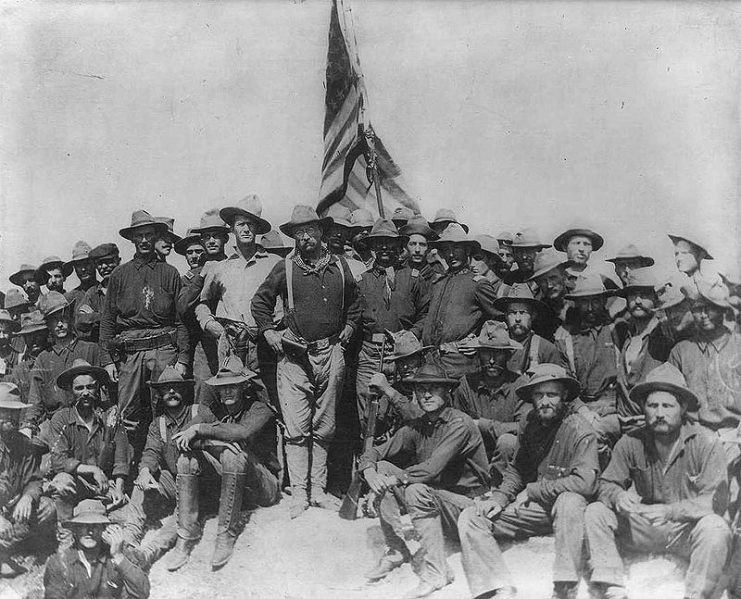
Here, we will look at the 10 most recent presidents of the United States who had at some point donned a uniform of the U.S. military.
1. George W. Bush
The 43rd United States president, George Walker Bush, is the most recent veteran to have become President. His military career caused controversy as critics continued to question his role in the U.S. military.
Bush enlisted in the Texas Air National Guard on May 27, 1968, when the Vietnam War was at its height.
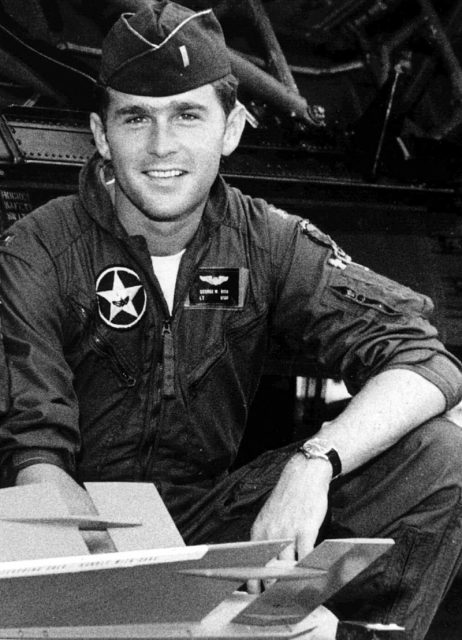
However, while thousands of U.S. soldiers warred in Vietnam 8,500 miles away, Bush was sent to Houston with the 147th Reconnaissance Wing of the Ellington Field Joint Reserve base, flying Convair F-120s.
He moved to Alabama in the early 1970s, and there he trained with the 187th Fighter Wing of the Alabama Air National Guard. In November 1974 he was honorably discharged from service with the Air Force Reserve. So although he served with the military in war time, Bush has no combat record.
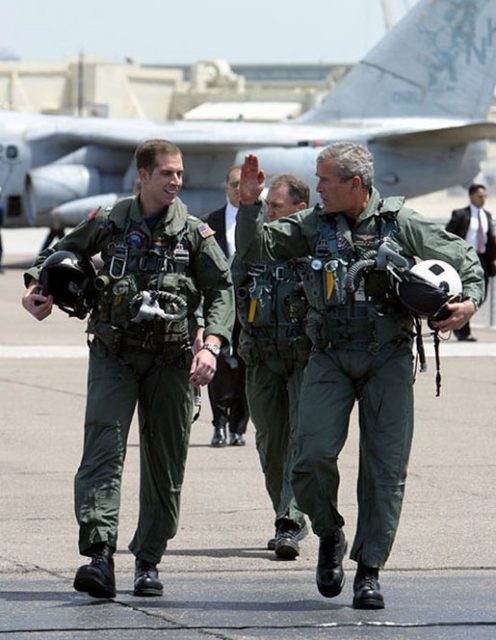
2. George H.W. Bush
The 41st U.S. president, George H.W. Bush, had significant experience in the military. He was, in fact, the most recent U.S. president to have had combat experience.
Bush joined the U.S. Navy at the age of eighteen. With WWII intensifying, Bush earned his wings on June 9, 1943, establishing himself among the youngest naval aviators of his time.
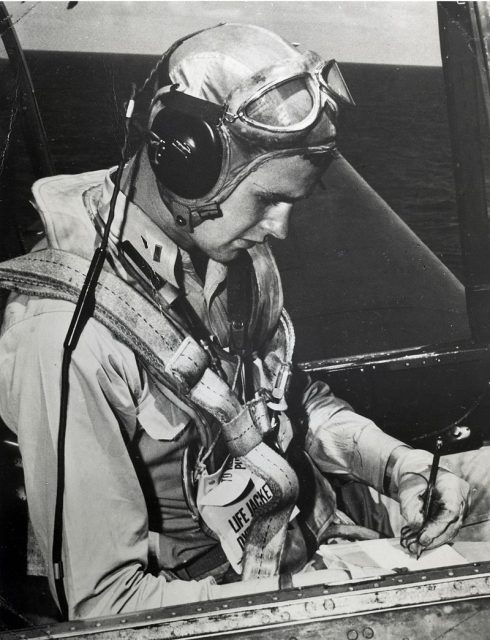
He participated in air raids against the Japanese, scoring several hits. During the attack on Chichijima, Bush’s torpedo bomber was downed by anti-aircraft fire, but he managed to survive—and of the nine men who escaped from their downed aircraft, only Bush evaded capture. The rest were caught, tortured and executed.
Bush was honorably discharged in September 1945, having accomplished 58 combat missions. He left the Navy decorated with the Presidential Unit Citation, three Air Medals, and the Distinguished Flying Cross.
3. Ronald Reagan
Reagan served as the United States’ 40th president. But a long time before then, he had his own share of military service. He joined the Army Enlisted Reserve after completing 14 home-study Army Extension Courses, and on May 25, 1937, he was commissioned in the Officer’s Reserve Corps of the Cavalry.
Reagan began active duty on April 18, 1942 but owing to his poor eyesight, he remained stateside all through the war, having been classified for limited service.
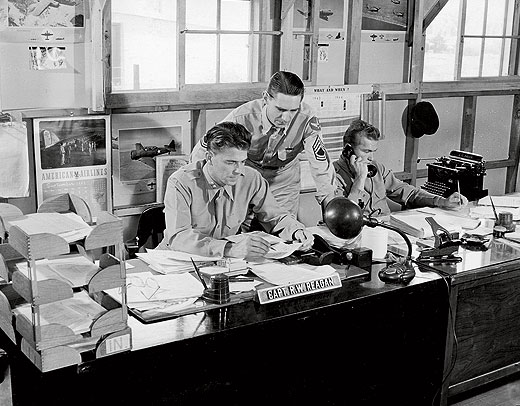
4. Jimmy Carter
Well before he became the United States’ 39th president, Carter served aboard submarines with the U.S. Navy. He achieved admission into the Naval Academy in 1943, and graduated in 1946, ranked 60th out of 820 midshipmen.
From 1946 to 1953, Carter was deployed in both the Atlantic and Pacific fleets. In 1952, he served under Captain Hyman G. Rickover in the Navy’s nascent nuclear submarine program.
He led a U.S maintenance crew in December 1952 to deactivate the ruined NRX reactor at Atomic Energy of Canada’s Chalk River Laboratories. This very tasking experience shaped Carter’s views on atomic energy.
He left active duty after his father’s death to take over the family’s peanut business.
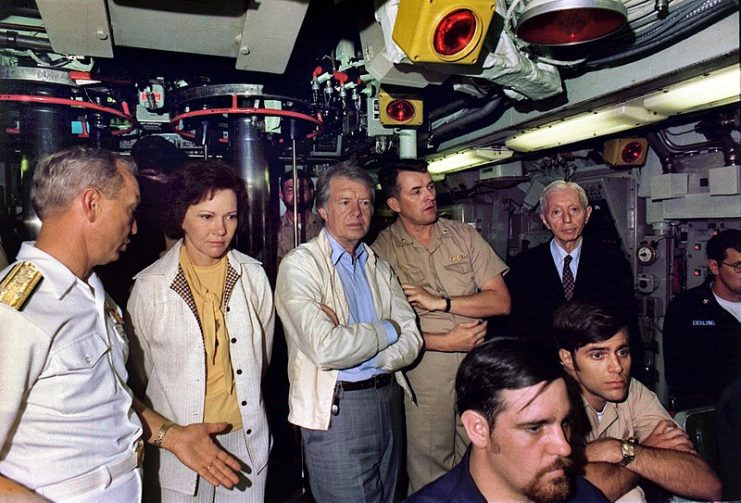
5. Gerald Ford
Following the attack on Pearl Harbor, Ford joined the U.S. Naval Reserve, earning a commission as an ensign in 1942. He served aboard USS Monterey, participating in several actions with the Third and Fifth Fleets in the Pacific Theater. Ford ended his military career with several decorations for his actions in WWII.
He would eventually become the 39th president of the United States.
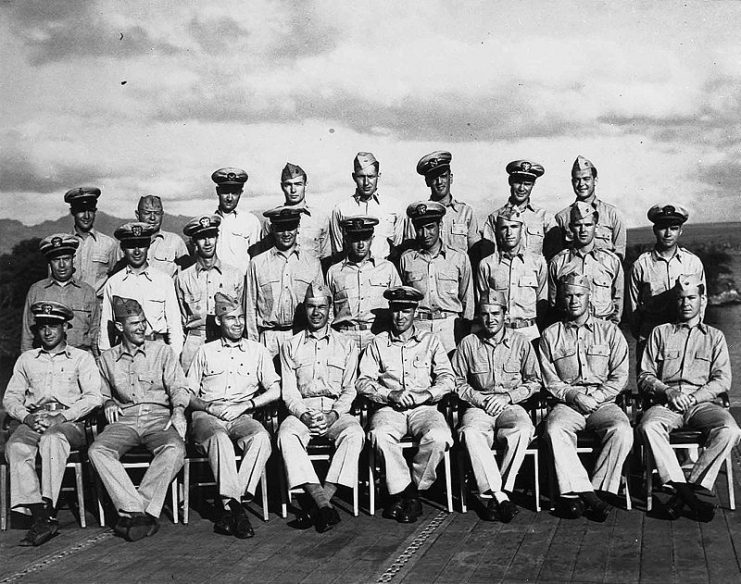
6. Richard Nixon
Following the Japanese raid at Pearl Harbor, the United States made an official entrance into the Second World War. This led to the drafting of several young people in the military.
The fact that Nixon was a government worker, coupled with the fact that he was a birthright Quaker, was enough for him to be exempted from the military draft. But instead of taking advantage of this, Nixon headed straight for the Navy. He was appointed as a lieutenant junior grade in the U.S. Naval Reserve in June 1942.
He was assigned on sea duty in June 1943, where he worked with Marine Aircraft Group 25 and the South Pacific Combat Air Transport Command in the South Pacific Theater, supporting operational logistics.
Nixon ultimately retired from naval service on June 6, 1966. He later became the United States’ 37th president.
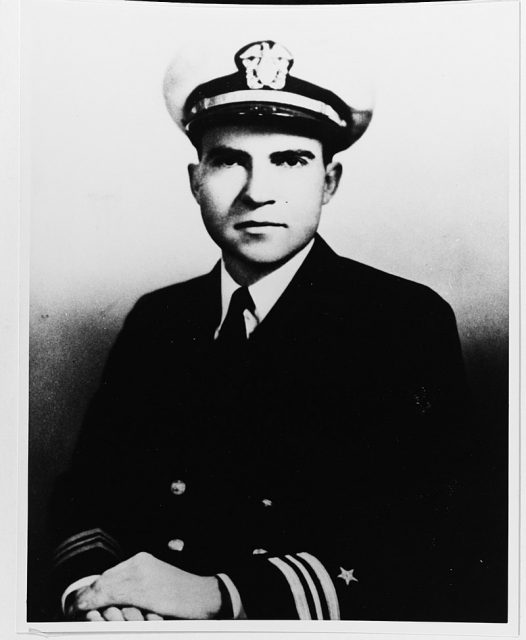
7. Lyndon B Johnson
Before becoming America’s 36th president, Lyndon B. Johnson had some experience as a serviceman.
Johnson became a lieutenant in the U.S. Naval Reserve in June 1940, and on December 10, 1941, he reported for active duty. He requested combat duties but was instead sent to Texas and the West Coast where he was charged with inspecting shipyard facilities.
In the spring of 1942, he was sent by President Roosevelt to the southwest Pacific to report on the conditions of the region. He received the Silver Star for volunteering as an observer on a dangerous air strike mission over enemy positions in New Guinea. He also received the American Campaign Medal, Asiatic-Pacific Campaign Medal, and the World War II Victory Medal.
He left active duty in 1942, and after attaining the rank of commander, he resigned his commission in the U.S. Naval Reserve on January 18, 1964.
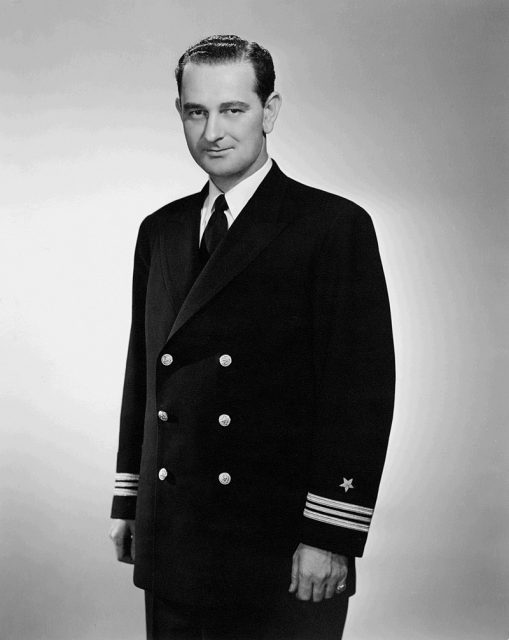
8. John F. Kennedy
Kennedy first tried to join the United States Army Officer Candidate School in 1940 but was disqualified on medical grounds owing to his chronic lower back issues. He spent months exercising to straighten his back.
He eventually joined the U.S. Naval Reserve in September 1941. During his years of active service, Kennedy served in the Pacific theater, where he commanded two patrol torpedo boats.
Kennedy performed his duties with commendable gallantry. During one of his patrols in the Solomon Islands, his PT boat was cut in half after a collision with the Japanese destroyer Amagiri.
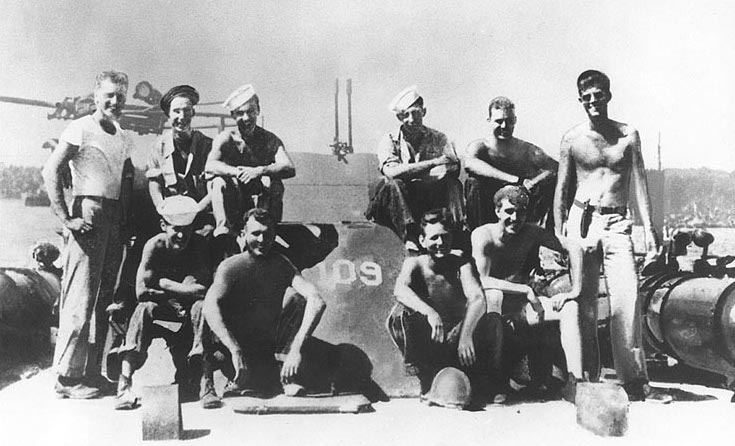
He managed to survive this incident with a back injury. He retired from the Navy Reserve on grounds of his physical health and was honorably discharged with the rank of a lieutenant.
His military career was quite eventful and he ended it with several military decorations and awards.
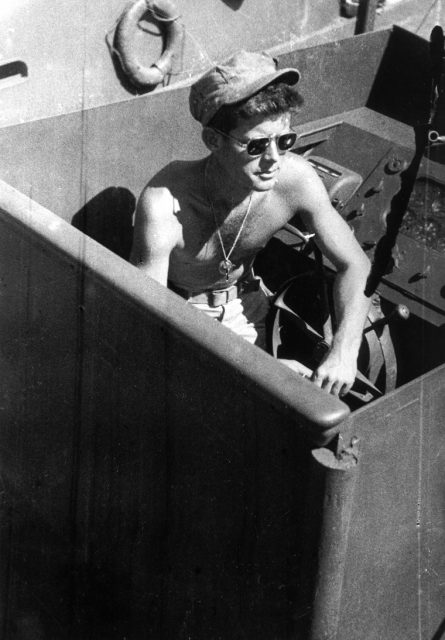
9. Dwight D. Eisenhower
Before his election as the 34th President of the United States, Dwight David “Ike” Eisenhower served as an army general in WWI, and also as the Supreme Allied Commander in WWII.
Eisenhower is especially well-remembered for having commanded the joint Allied forces during the invasion of Normandy.
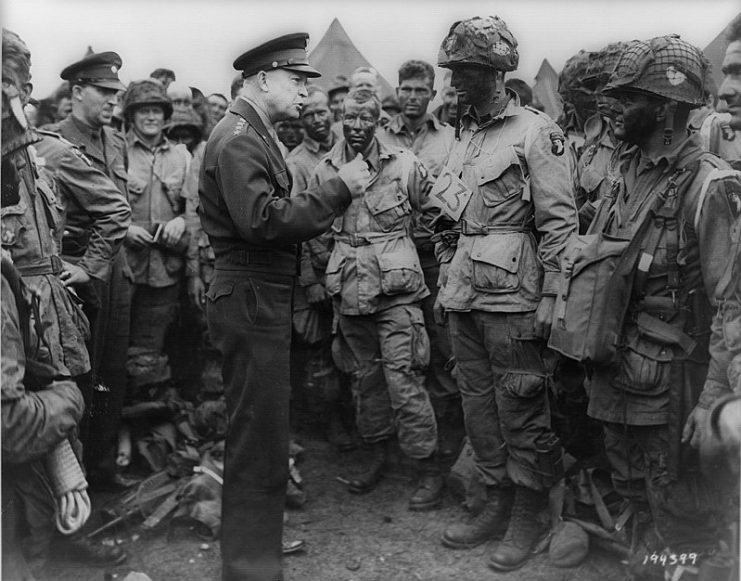
10. Harry S. Truman
Truman was the only U.S. president to serve on the battlefield during WWI.
He was first rejected by the U.S. Military Academy because of his poor eyesight. He then found his way into the Missouri National Guard. At his induction, the condition of his eyes was considered unacceptable, but he passed a second evaluation by first surreptitiously memorizing the eye chart.
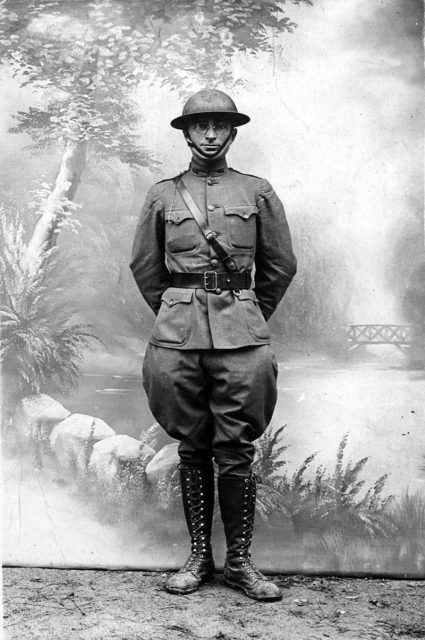
With America’s entry into WWI, Truman served with Battery B of the 2nd Missouri Field Artillery Regiment as a first lieutenant. His unit served in France and saw combat on several occasions.
The First World War proved to be Truman’s chance at proving his leadership capabilities, and his achievements during the war gave him some advantage in his political career.
